The Atomic Human
Abstract
Our fascination with AI stems from the perceived uniqueness of human intelligence. We believe it’s what differentiates us. Fears of AI not only concern how it invades our digital lives, but also the implied threat of an intelligence that displaces us from our position at the centre of the world.
In this talk Neil will introduce the notion of the Atomic Human, the indivisible component of our humanity that can’t be taken by the machine. He will argue that the algorithmic decision making that emerges from the machine offers a different place to stand and better understand our own intelligence and what is precious about us. Without this perspective we do risk displacing our human parts in favour of the machine, but by seeing our intelligence from the machine’s perspective we can ensure that we integrate these new technologies in ways that enhance who we are rather than replace who we are.


Figure: A 1925 Ford Model T built at Henry Ford’s Highland Park Plant in Dearborn, Michigan. This example now resides in Australia, owned by the founder of FordModelT.net. From https://commons.wikimedia.org/wiki/File:1925_Ford_Model_T_touring.jpg

Figure: The Atomic Eye, by slicing away aspects of the human that we used to believe to be unique to us, but are now the preserve of the machine, we learn something about what it means to be human.
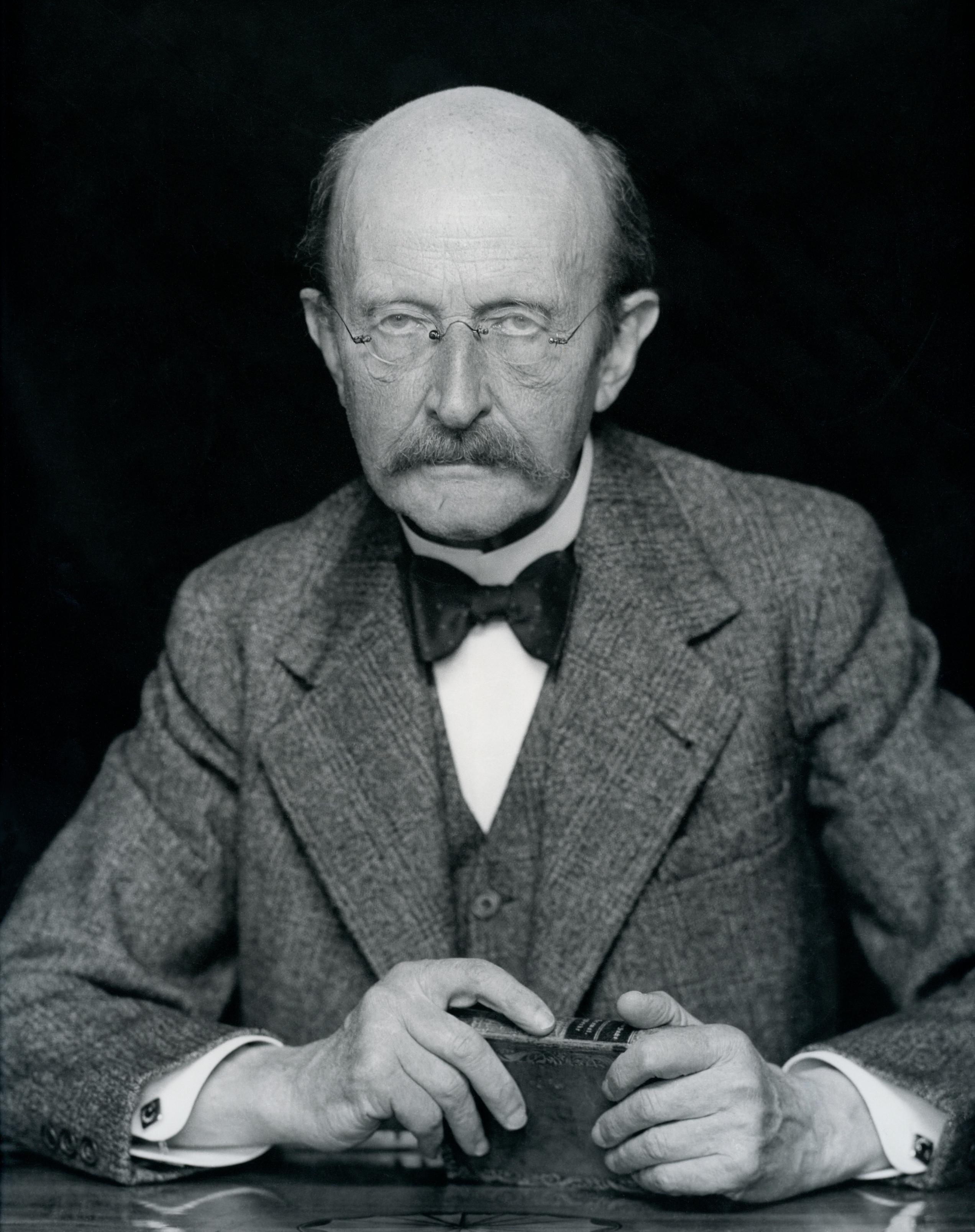

Figure: Max Planck 23 April 1858 – 4 October 1947
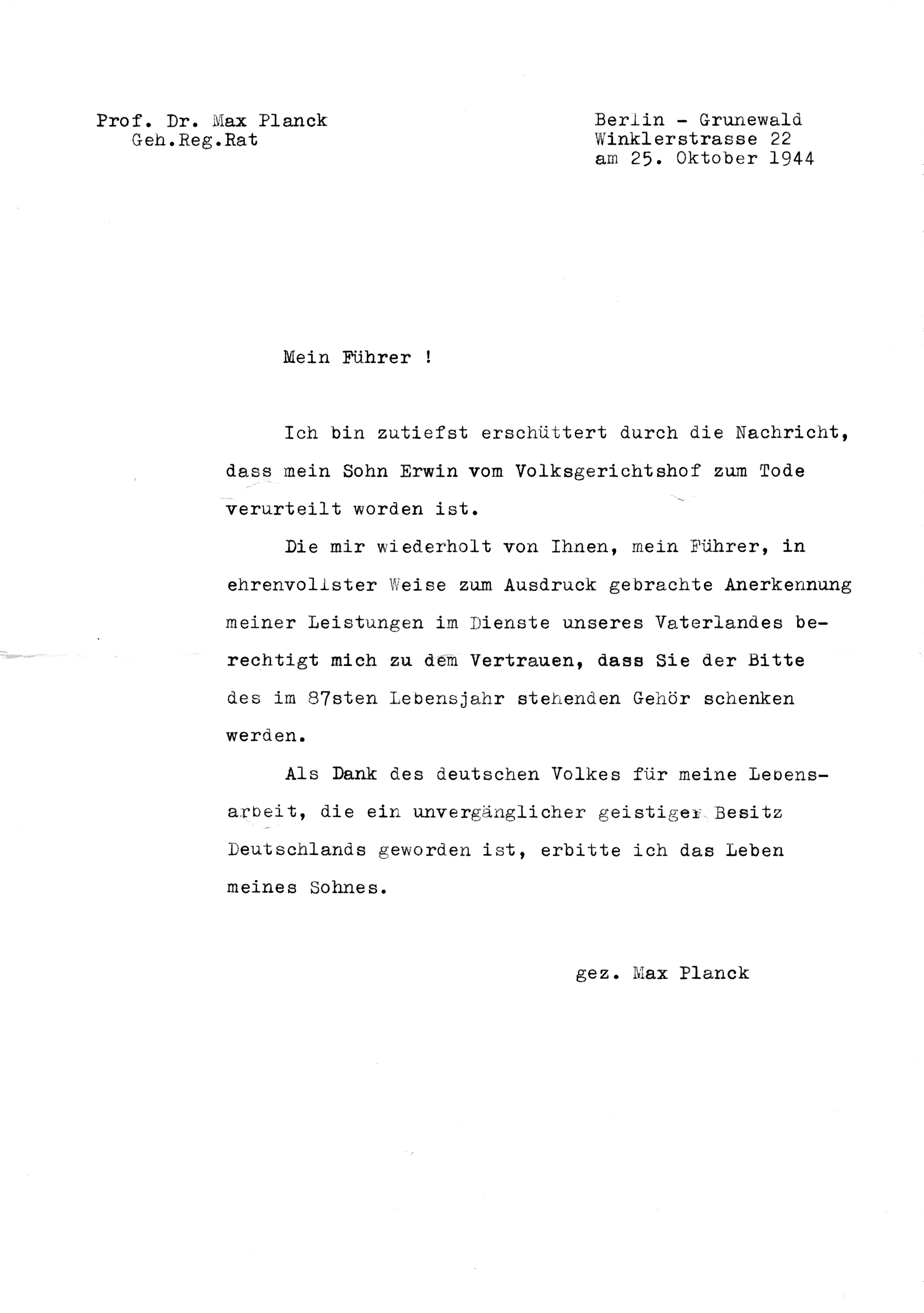

Figure: Letter from Max Planck 25th October 1944


Figure: Snippet of letter from Max Planck 25th October 1944
My Leader,
I am deeply shocked by the news that my son Erwin has been sentenced to death by the People’s Court. The recognition of my achievements in the service of our fatherland, which you repeatedly expressed in an honourable way, my Leader, entitles me to trust that you will listen to the request of an 87-year-old man.
As a thank you from the German people for my life’s work, which has become an imperishable intellectual property of Germany, I ask for the life of my son.
Max Planck
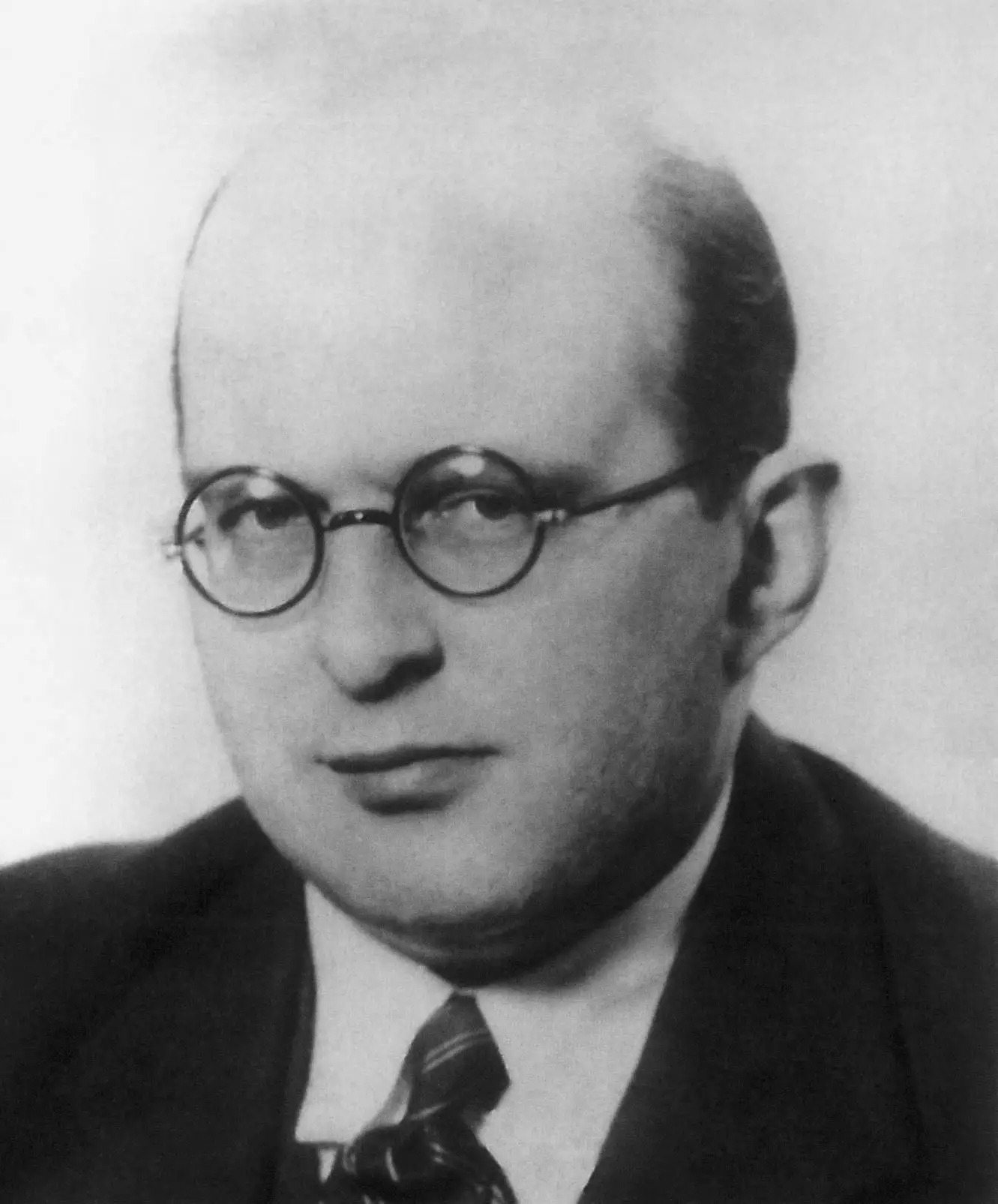

Figure: Erwin Planck. 12 March 1893 – 23 January 1945 © Archives of the Max Planck Society


Figure: Manfred Rommel, Mayor of Stuttgart


Figure: The Diving Bell and the Buttefly is the autobiography of Jean Dominique Bauby.
O M D P C F B V
H G J Q Z Y X K W

Figure: The ordering of the letters that Bauby used for writing his autobiography.


Figure: Jean Dominique Bauby was the Editor in Chief of the French Elle Magazine, he suffered a stroke that destroyed his brainstem, leaving him only capable of moving one eye. Jean Dominique became a victim of locked in syndrome.

|
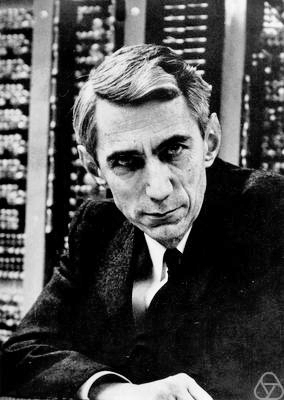
|

Figure: Claude Shannon developed information theory which allows us to quantify how much Bauby can communicate. This allows us to compare how locked in he is to us.


Figure: This is the drawing Dan was inspired to create for Chapter 1. It captures the fundamentally narcissistic nature of our (societal) obsession with our intelligence.

Figure: The trinity of human, data, and computer, and highlights the modern phenomenon. The communication channel between computer and data now has an extremely high bandwidth. The channel between human and computer and the channel between data and human is narrow. New direction of information flow, information is reaching us mediated by the computer. The focus on classical statistics reflected the importance of the direct communication between human and data. The modern challenges of data science emerge when that relationship is being mediated by the machine.


Figure: Chicago Stone, side 2, recording sale of a number of fields, probably from Isin, Early Dynastic Period, c. 2600 BC, black basalt


Figure: The Structure of Scientific Revolutions by Thomas S. Kuhn suggests scientific paradigms are recorded in books.


Figure: William Blake’s Newton. 1795c-1805


Figure: Lunette containing Rehoboam and Abijah.

Figure: People communicate through artifacts and culture.


Figure: This is the drawing Dan was inspired to create for Chapter 4. It highlights how even if these machines can generate creative works the lack of origin in humans menas it is not the same as works of art that come to us through history.
.


Figure: A young sorcerer learns his masters spells, and deploys them to perform his chores, but can’t control the result.
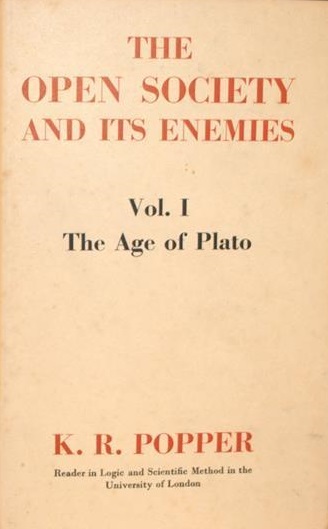

Figure: The Open Society and Its Enemies by Karl Popper views liberal democracies as a collection of “piecemeal social engineers” who strive towards better outcomes.
If in this book harsh words are spoken about some of the greatest among the intellectual leaders of mankind, my motive is not, I hope, to belittle them. It springs rather from my conviction that, if our civilization is to survive, we must break with the habit of deference to great men. Great men may make great mistakes; and as the book tries to show, some of the greatest leaders of the past supported the perennial attack on freedom and reason.
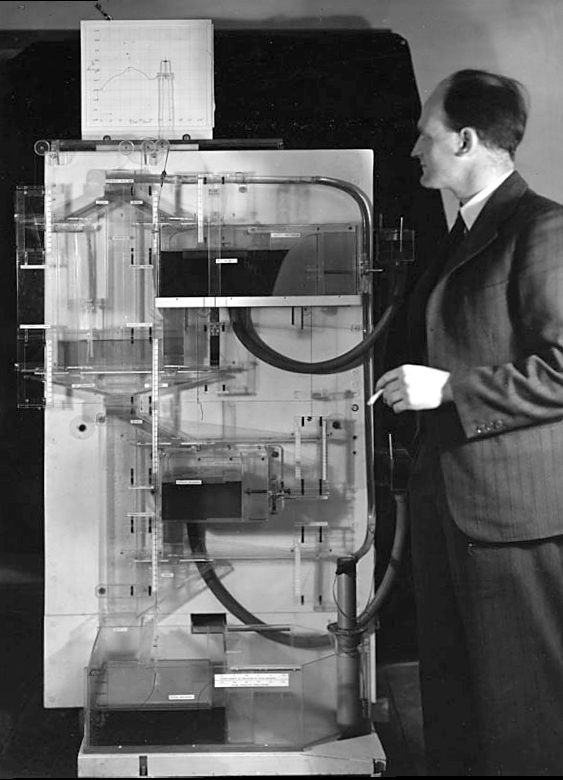

Figure: Bill Phillips and his MONIAC (completed in 1949). The machine is an analogue computer designed to simulate the workings of the UK economy.

Figure: The human analogue machine is the new interface that large language models have enabled the human to present. It has the capabilities of the computer in terms of communication, but it appears to present a “human face” to the user in terms of its ability to communicate on our terms. (Image quite obviously not drawn by generative AI!)

Figure: The trinity of human, data, and computer, and highlights the modern phenomenon. The communication channel between computer and data now has an extremely high bandwidth. The channel between human and computer and the channel between data and human is narrow. New direction of information flow, information is reaching us mediated by the computer. The focus on classical statistics reflected the importance of the direct communication between human and data. The modern challenges of data science emerge when that relationship is being mediated by the machine.

Figure: The HAM now sits between us and the traditional digital computer.


Figure: Society faces many wicked problems in health, education, security, and social care that require carefully deploying AI toward meaningful societal challenges rather than focusing on commercially appealing applications. (Illustration by Dan Andrews inspired by the Epilogue of “The Atomic Human” Lawrence (2024))
\thanks